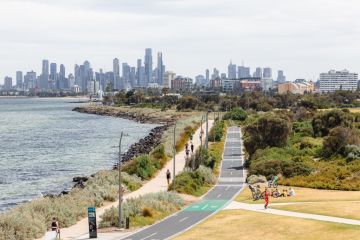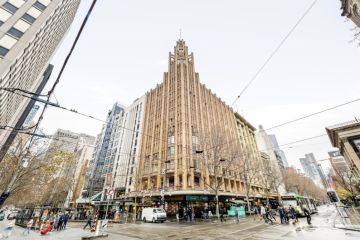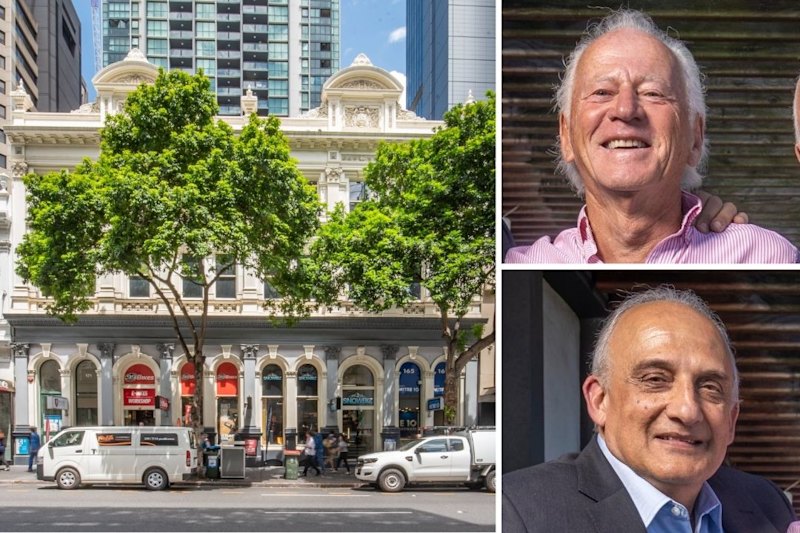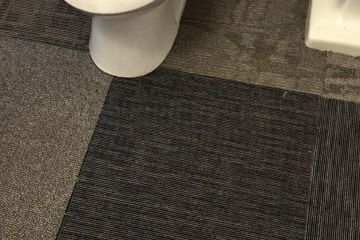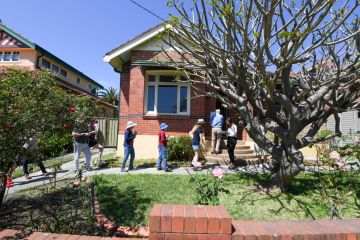House rental vacancy rates steady but units rising
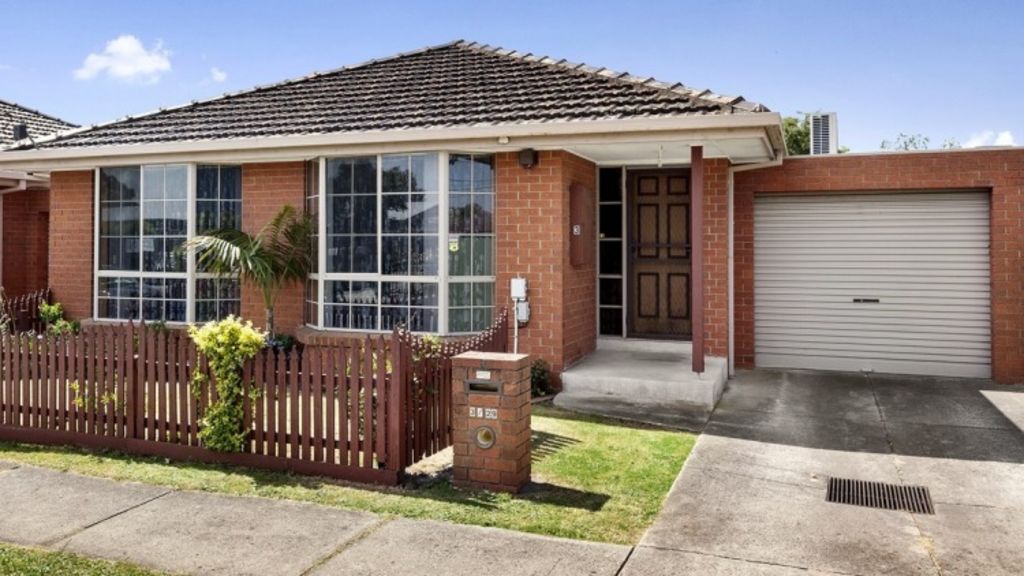
The national capital city rental vacancy rate eased over November reflecting increasing vacancies in the unit market. The vacancy rate for houses remained steady at 2.2 percent with vacancies for units up from 2.8 percent to 3.1 percent. The overall total residential vacancy rate increased from 2.4 percent to 2.5 percent over the month.
Most capital cities report continuing tight conditions for house rental markets although rates have continued to ease over the month. Melbourne, Adelaide and Canberra reported slight increases in vacancy rates over October but still remain competitive for tenants with rates below 2.0 percent.
Vacancy rates for houses tightened in Sydney and Hobart down to 1.8 percent and 0.8 percent respectively. Hobart remains the nation’s tightest capital city rental market for houses.
The resource capitals of Brisbane, Darwin and Perth however continue to report significantly easier conditions in house rental markets. The Brisbane house vacancy rate increased to 2.6 percent over the month with rates in Darwin and Perth also increasing to 2.8 and 3.6 percent respectively. Perth continues to clearly offer the most choice to tenants of any of the capital city markets.
Units continue to record higher vacancy rates than houses, reflecting generally significant increases in apartment construction in most capitals over recent years.
All capital cities reported an easing in vacancy rates for units with the exception Brisbane and Hobart where rates were steady over November. Vacancies in Melbourne rose sharply again from 3.3 percent to 3.8 percent, again reflective of recent high levels of new apartment construction. The Darwin market also reported another sharp increase in unit vacancies, up from 5.2 percent to 5.5 percent with recent high levels of new construction continuing to push unit supply ahead of demand.
Overall residential rental vacancy rates remain tight in Canberra 2.3 percent, Sydney 2.0 percent, Adelaide 2.0 percent and Hobart 1.0 percent. Other capitals remain more favourable for tenants with Melbourne 2.6 percent, Brisbane at 2.7 percent, Perth 3.7 percent and Darwin with a total residential vacancy rate over November of 3.9 percent.
Upward pressure on house rents will continue as a likely consequence of capital city housing markets with tight vacancy rates. This will be exacerbated in all markets by recent initiatives by financial regulators that have resulted in tighter lending conditions and higher interest rates for investors. These extra costs may be passed on to tenants or result in reduced levels of rental stock and higher rents.
Higher interest rates for owner-occupiers as announced recently by banks will also impact the capacity of first home buyers to enter the marketplace creating rising demand for rental properties.
Dr Andrew Wilson is senior economist for the Domain Group
We recommend
We thought you might like
States
Capital Cities
Capital Cities - Rentals
Popular Areas
Allhomes
More

